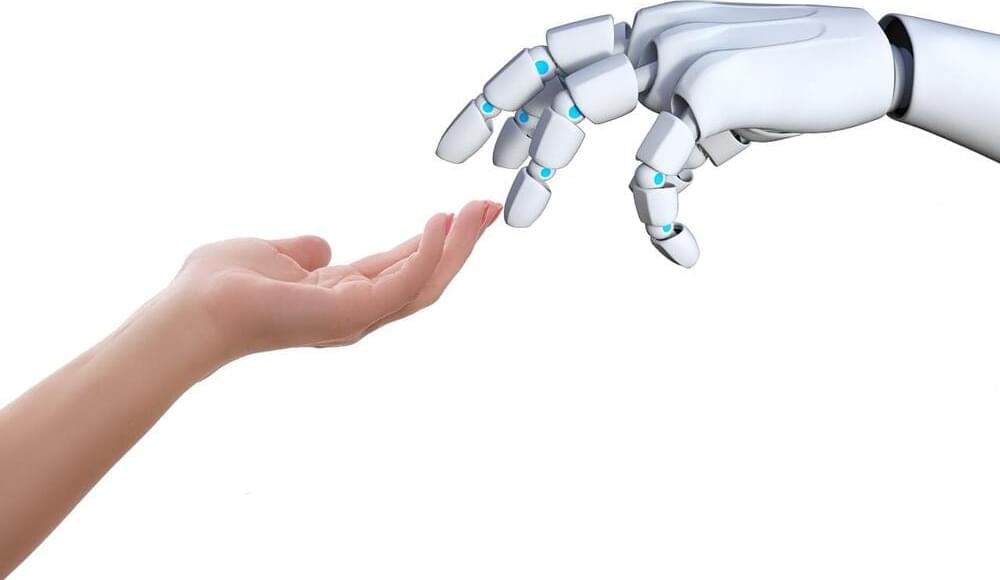Thanks, Pinecone, for sponsoring this video! Click my exclusive link https://www.influencerlink.org/SHEQZ to start earning cash on Pinecone!Last Video: How We Will Build An Underground Civilization On Mars!
https://www.youtube.com/watch?v=BjJfc0mGAp8►
Join Our Discord Server: https://discord.gg/zfMNSnuRQN
► Patreon: https://www.patreon.com/theteslaspace.
► Subscribe to our other channel, The Space Race: https://www.youtube.com/c/TheTeslaSpace.
Mars Colonization News and Updates.
https://www.youtube.com/playlist?list=PLBfN0491sF0SQRy0-pZBjdnBaU6JsWr4BSpaceX
News and Updates: https://www.youtube.com/playlist?list=PLBfN0491sF0QGbrNimSIWKYeyQ7JjENhEThe Space Race is dedicated to the exploration of outer space and humans’ mission to explore the universe. We’ll provide news and updates from everything in space, including the SpaceX and NASA mission to colonize Mars and the Moon. We’ll focus on news and updates from SpaceX, NASA, Starlink, Blue Origin, The James Webb Space Telescope and more. If you’re interested in space exploration, Mars colonization, and everything to do with space travel and the space race… you’ve come to the right channel! We love space and hope to inspire others to learn more! ► Subscribe to The Tesla Space newsletter: https://www.theteslaspace.comBusiness Email: [email protected]#SpaceX #Space #Mars



 עברית (Hebrew)
עברית (Hebrew)

